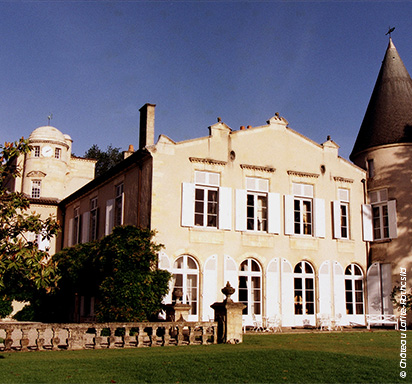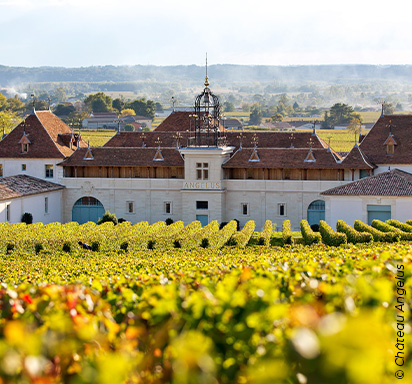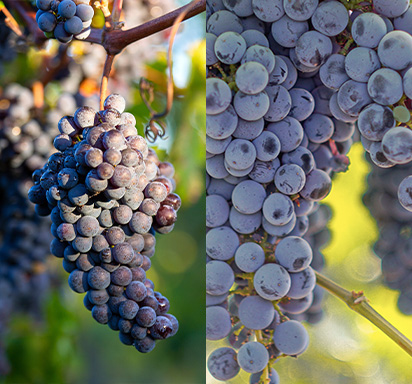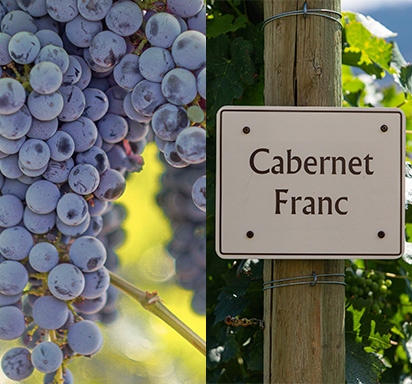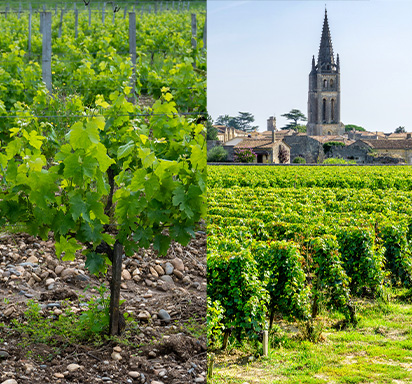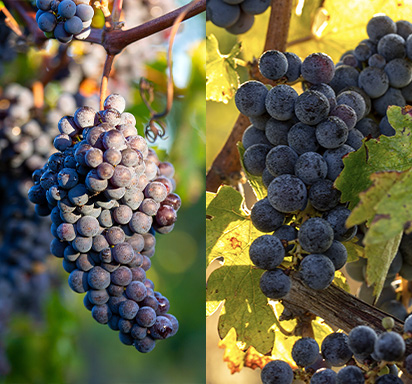Cakebread Cellars: The Story of Napa Valley’s Iconic Family Winery
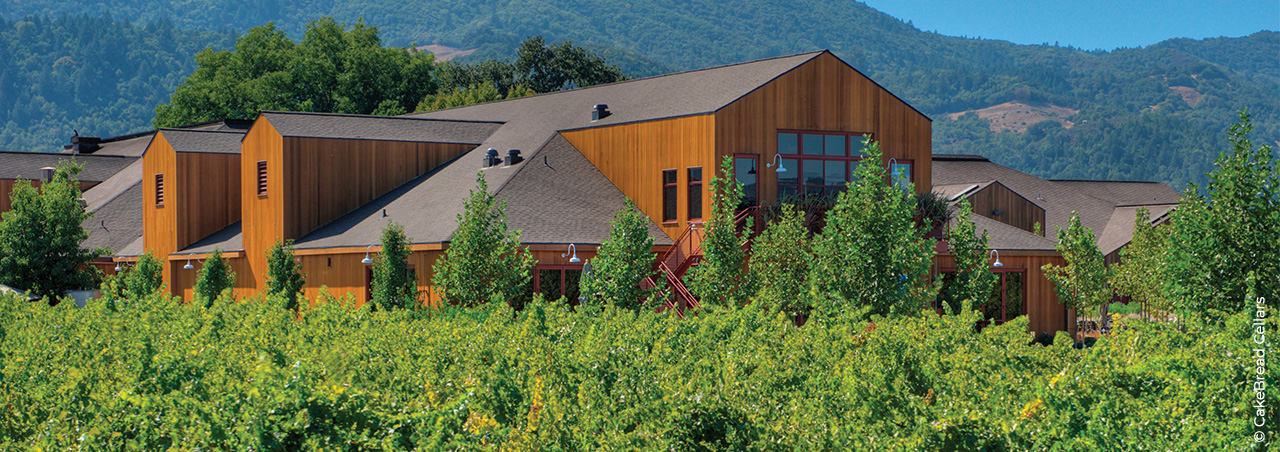
Discover the legacy of Cakebread Cellars, a Napa Valley family winery. From Rutherford vineyards to award-winning wines, the Cakebreads combine craftsmanship, sustainability, and innovation.
Cakebread Cellars | A Napa Success Story
A Family Dream Turns Into a Napa Valley Legacy
In the early 1970s, Jack Cakebread made a fateful visit to Napa Valley, California, that would change his life forever. Captivated by the region’s stunning natural beauty, rolling vineyards, and the warmth of its people, Jack sensed the potential for something extraordinary. In 1972, he and his wife Dolores “Donna” Cakebread returned to purchase a modest 22-acre ranch in Rutherford from family friends. What began as a leap of faith and a dream soon evolved into one of the most respected and recognizable wineries in the world: Cakebread Cellars.
Over the next five decades, this once-small family venture blossomed into a globally celebrated producer, known for its unwavering commitment to quality, hospitality, and innovation. Today, the Cakebread family oversees over 584 acres of planted vineyards across the Napa Valley and Anderson Valley, cultivating a rich mosaic of soils, microclimates, and grape varieties. Each bottle of Cakebread wine is a reflection of this diversity—a taste of California’s terroir, carefully crafted and perfectly suited for pairing with food.
The History of Cakebread Cellars
Jack Cakebread’s Journey from Photography to Winemaking
Jack Cakebread’s journey to winemaking was anything but ordinary. Having grown up working on his father’s ranch in Contra Costa County and later helping run the family’s automotive repair shop in Oakland, Jack was no stranger to hard work. Yet it was his side passion—photography—that first brought him to Napa. While photographing vineyards for the seminal 1970s book The Treasury of American Wines, Jack visited friends, the Sturdivants, and casually mentioned his dream of owning a vineyard. To his surprise, they offered to sell him their land—and Jack used the advance from his photography book as a down payment.
The Birth of Cakebread Cellars: 1973–1977
In 1973, Cakebread Cellars was officially born. The family immediately began taking viticulture and winemaking classes, learning by doing and experimenting with local grape varieties. That same year, they planted their first Sauvignon Blanc vines on AxR1 rootstock, laying the foundation for what would become a hallmark of their portfolio.
By 1974, their first winery was completed—just in time to release the 1973 Chardonnay, a mere 157 cases that marked the humble beginnings of a Napa legend. The following years saw the release of their first Cabernet Sauvignon and Zinfandel, and with each vintage, their confidence and craftsmanship deepened. As demand grew, the family expanded their winery in 1977, bringing in talented enologist Larry Warra (formerly of Mondavi) to consult.
Growth, Innovation, and the Next Generation
The late 1970s and early 1980s were transformative. Jack and Dolores’s son Bruce Cakebread joined the family business in 1979, followed by Dennis Cakebread in 1986, adding expertise in winemaking, business management, and marketing. A new winery built in 1980 not only modernized production but also won several architectural awards for its design. The family’s philosophy—meticulous craftsmanship, respect for the land, and warm hospitality—became synonymous with the Cakebread name.
Challenges and Triumphs: Phylloxera and Expansion
The 1990s ushered in a period of rapid growth and recognition. Early successes enabled the acquisition of top vineyard sites and new production facilities, including the Oakville winery in 2000. Yet, the decade was not without its challenges: the dreaded phylloxera outbreak attacked their AxR1 rootstock, devastating over 75 acres of vines. Undeterred, the family replanted and modernized their vineyards, emerging stronger than ever.
Leadership and Legacy in Napa Valley
Over time, the Cakebreads became one of Napa Valley’s most influential families. Jack, Bruce, and Dennis each served as president of the Napa Valley Vintners Association, shaping the region’s collective vision. In 2002, Bruce became President and CEO, guiding the winery into the modern era. In 2013, Cakebread Cellars celebrated its 40th anniversary—a testament to two generations of vision, perseverance, and passion.
A Collection of Vineyards Across Napa and Anderson Valley
A Diverse Portfolio of Vineyards and Terroirs
From that first 22-acre plot in Rutherford, the Cakebread family has thoughtfully expanded their holdings, choosing vineyard sites for their diversity, character, and potential to produce wines of distinct personality. Today, they own 15 estate properties, totaling 1,617 acres of land—584 acres of which are planted to vines—across the Napa Valley and Anderson Valley.
Carneros, Rutherford, Napa Valley, and Anderson Valley Estates
Each vineyard tells its own story. In Carneros, the Tinsley Ranch, Milton Road, Cuttings Wharf, and Foster Road vineyards provide the cool-climate fruit ideal for Chardonnay and Pinot Noir. In Rutherford, the Winery Ranch and Hill Ranch vineyards yield beautifully structured Cabernet Sauvignon. The Napa Valley AVA holdings include Suscol Springs Vineyard—a site known for its rocky soils and intensely flavored reds—and Doggwood Vineyard, prized for its elegance. Beyond Napa, in Anderson Valley, the 109-acre vineyard contributes expressive Pinot Noir and Chardonnay, while the Dancing Bear Ranch on Howell Mountain produces bold, mountain-grown wines with remarkable depth.
Modern Vineyard Management and Sustainable Practices
At Cakebread, vineyard management is as much about stewardship as it is about production. Under the leadership of Director of Viticulture Toby Halkovich, the team combines time-honored farming techniques with cutting-edge technology. Advanced weather stations collect data on temperature, humidity, and soil moisture across properties, helping the team make precise, sustainable decisions that protect both vines and the surrounding ecosystem.
Sustainability and Innovation: A Legacy for the Future
Leading the Way in Sustainable Winemaking
Cakebread Cellars has long been a leader in sustainable viticulture. In 2008, it became only the second winery ever to earn the “Napa Green Certified Winery” designation. This recognition honors practices that reduce waste, conserve energy and water, and minimize environmental impact. The winery’s operations—from lighting and refrigeration to vineyard irrigation—are optimized for efficiency. By 2010, the team had cut total waste by 12% and recycled over 80% of what remained.
Napa Green Certification and Environmental Stewardship
Today, every Cakebread vineyard is in the process of achieving full certification through the Napa Green Land program, ensuring that the estate’s beauty and biodiversity are preserved for generations to come. The family’s approach reflects a broader philosophy: making wines that not only express the land but also honor and protect it.
Winemaking: Where Tradition Meets Vision
Crafting Wines that Blend Tradition and Innovation
At the heart of Cakebread Cellars is a deep respect for tradition, balanced by a fearless willingness to evolve. The winemaking program, led by Julianne Laks (Winemaker) and Brian Lee (Cellar Master), both long-tenured members of the team, continues to refine the style that has made Cakebread wines beloved worldwide: elegant, balanced, and food-friendly.
Techniques, Expertise, and State-of-the-Art Production
The cellar team employs a thoughtful mix of classic and contemporary techniques. Whole-cluster pressing of white grapes preserves freshness and aromatics; aging Chardonnay on its lees builds creamy texture and depth; and malolactic fermentation is carefully managed to maintain vibrancy while softening acidity. For red wines, gentle extraction and judicious oak aging bring forth power without sacrificing finesse.
Most recently, Cakebread has invested in state-of-the-art equipment, including advanced sorting technology and juice chemistry analyzers, ensuring consistency and precision from vineyard to bottle. Each decision—whether technological, agricultural, or stylistic—is guided by a singular goal: to produce wines of authenticity and excellence while safeguarding the environment that sustains them.
A Lasting Legacy
From a modest family dream to a name celebrated on dining tables around the world, Cakebread Cellars stands as a shining example of American winemaking success. Built on integrity, innovation, and a deep connection to the land, the Cakebread story continues to inspire. With every vintage, the family carries forward a tradition of quality and care—proof that great wines are born not only from great vineyards but from great people with a shared vision.
You may like
Explore Château Lafite-Rothschild, an icon of Pauillac and a symbol of Bordeaux perfection. From its 17th-century roots to its refined terroir, learn how this Premier Grand Cru continues to define fine wine excellence.
10/7/2025Chateau Angelus, one of Saint-Emilion’s top Premier Grand Cru Classe A estates, offers exceptional Bordeaux wines from organic vineyards, rich history, and a legacy of family winemaking excellence.
10/6/2025Explore the key differences between Malbec and Cabernet Sauvignon — from origins and taste profiles to food pairings and top producers — to discover which red wine suits your style best.
6/16/2025Explore the key differences between Cabernet Sauvignon and Cabernet Franc—from origins and flavor profiles to winemaking roles—so you can better choose and enjoy these iconic red grapes.
6/11/2025The exceptional concentration of top-tier wineries and renowned appellations has long made Bordeaux a place of longing for fine wine enthusiasts and discerning hedonists around the world.
4/18/2025Malbec and Merlot are two beloved red wines, each with unique flavors, tannins,& origins. Malbec offers bold, dark fruit flavors with spice, while Merlot is smoother & more approachable. Learn their differences and food pairings.
4/1/2025


